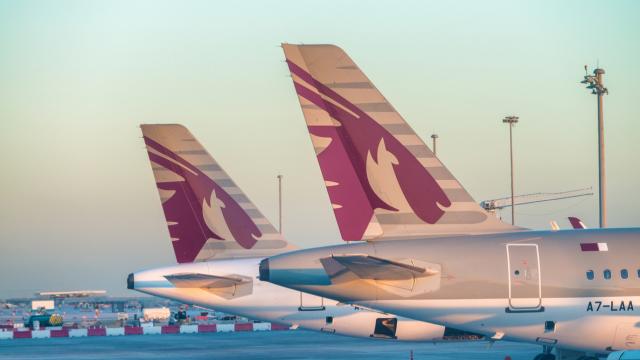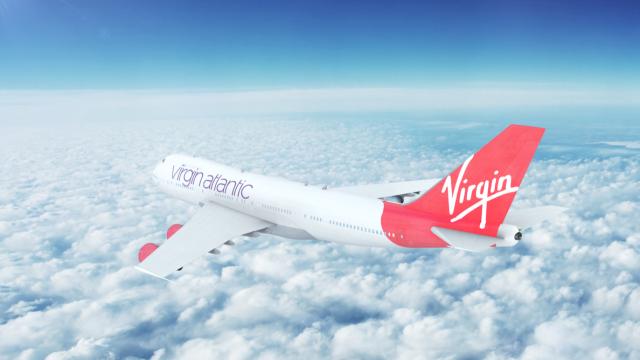NEWS
Qatar Embargo: what the future might look like

Diplomatic and economic sanctions have recently been imposed on Qatar by its neighbors Saudi Arabia, the United Arab Emirates, Bahrain as well as Egypt and others. They allege that extremist and terrorist elements have been receiving support and funding from the oil and gas-rich Emirate, destabilizing the region.
All air, sea and land traffic with Qatar has been halted, its diplomats have been ejected and Qatari citizens have been ordered to leave the neighboring gulf states within two weeks.
This blockade is widely seen as part of escalating diplomatic tensions in the Gulf as Qatar attempts to forge a more independent path outside of the shadow of Saudi Arabia and its other powerful neighbors. According to Middle-East expert Kristian Coates Ulrichsen “At its very heart, [the conflict] is rooted in the Arab Spring, when Qatar supported Islamist groups — in North Africa, and in Syria, the Muslim Brotherhood in Egypt — and were much more supportive in general of the uprisings. But Saudi Arabia and the UAE were very fearful the uprisings could potentially spread to the Gulf”.
The attempt to put Qatar back in its metaphorical box has both short-term and longer-term impacts.
Qatar Airways has been severely effected by the blockade, with duty free sales at Doha airport also declining with the slowing traffic. Eighteen destinations are now blocked to the Doha based carrier, as well as the airspace of all of its neighbors except Bahrain. And even Bahrain will only permit use of its skies along two narrowly defined routes.
Despite these difficulties, Qatar Airways has plans to introduce 24 new destinations this year, such as services to San Francisco, Rio and Dublin as well as expanding its fleet of Airbus SE A350s by 66. The Gulf’s second largest airline is also still operating the vast majority of their network and services, although with alterations as necessary.
However, analysts worry that these ambitious plans might be stunted by the current situation, even coming on the back of high reported profits for the year to date. According to analyst Addison Schonland losing these routes "will no doubt be devastating to the carrier's financial bottom line, wiping out about 30 percent of revenue”.
Not only are the lost destinations challenging for Qatar Airways, but the routes that are still being flown are often diverted around the blockading countries, mostly through Iran. The Doha to Sao Paolo route, for instance, now travels via Athens to refuel in order to avoid the blocked airspace, adding another two and a half hours to the journey. "The impact is already bad because it has driven up flight times and therefore costs. As the airspace tightens, the problem grows much worse," Schonland continues.
But the problems of the ban are not limited to air travel. The logistical issues and diplomatic isolation associated with the blockade are interfering with Qatar’s long-term development plans, particularly their 2022 hosting of the World Cup. Construction is already underway at many of the sites, but without access to imported building materials deadlines could be missed and construction delayed. If a solution is not found, Qatar’s long-planned debut on the world stage as a modern and prosperous country, hosting world-class events could turn into an embarrassing demonstration of isolation and vulnerability in the region.
For more information about the decision to cut diplomatic ties with Qatar, visit this website page.


